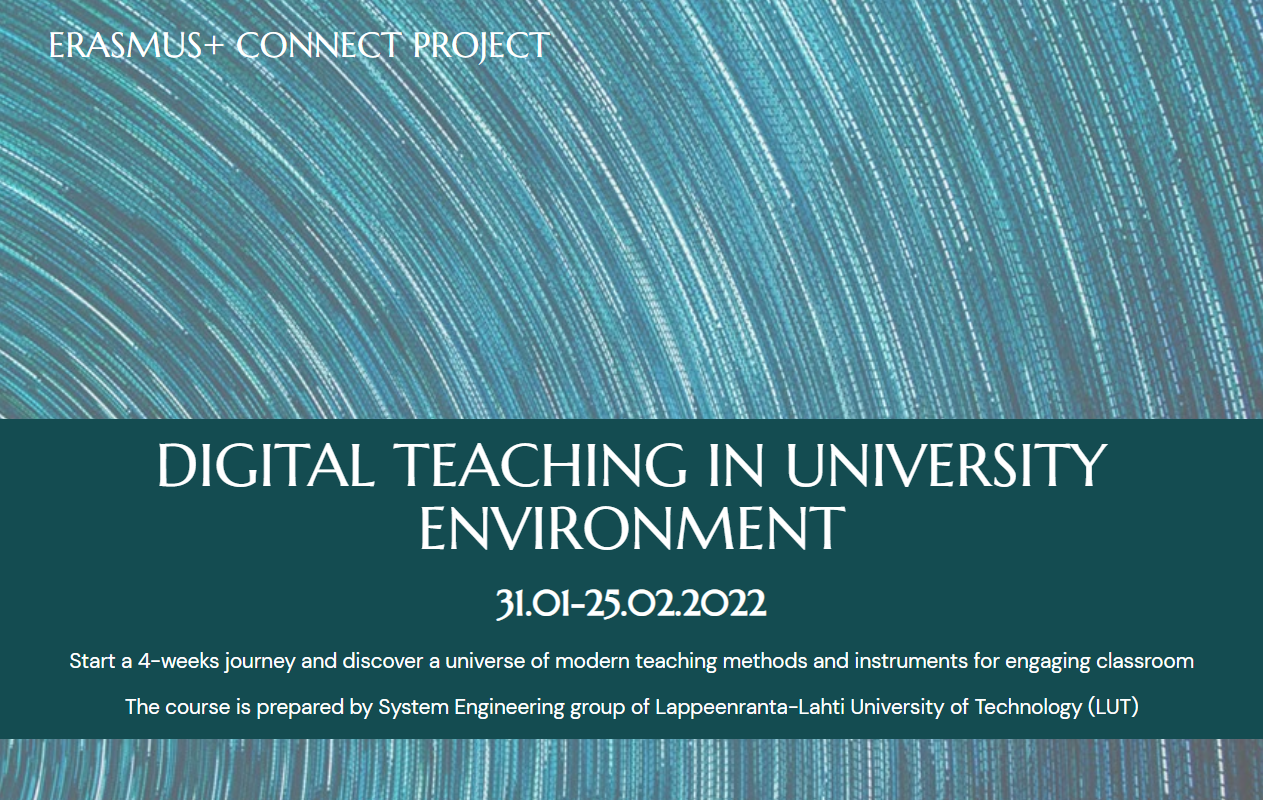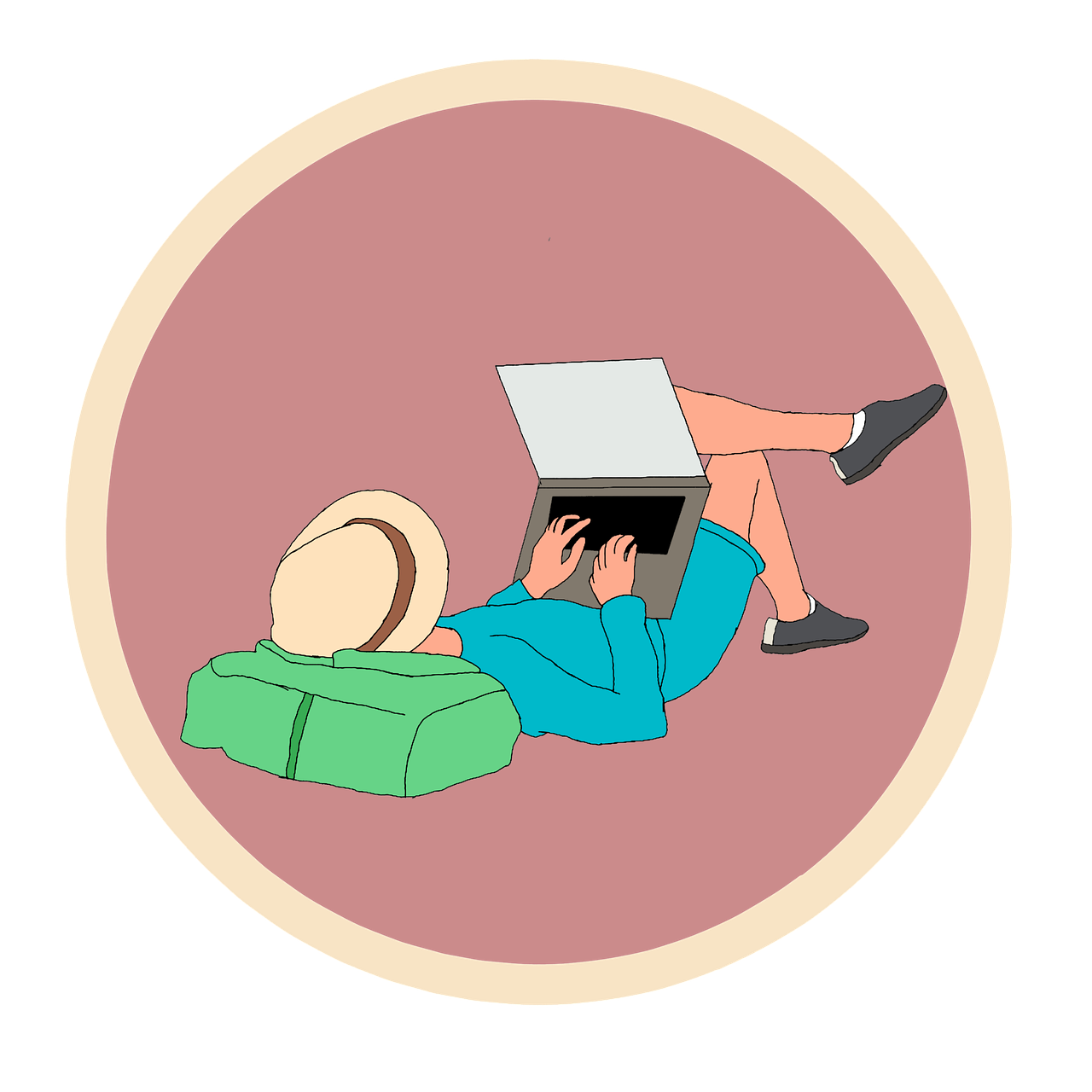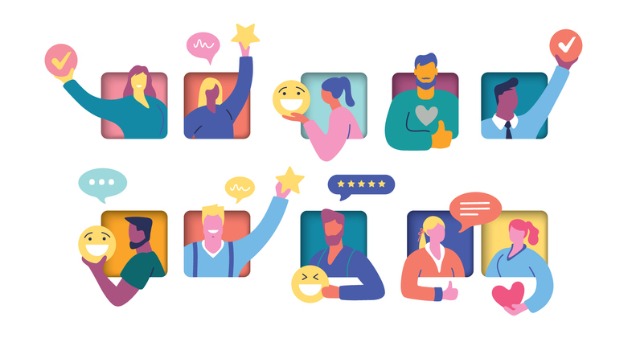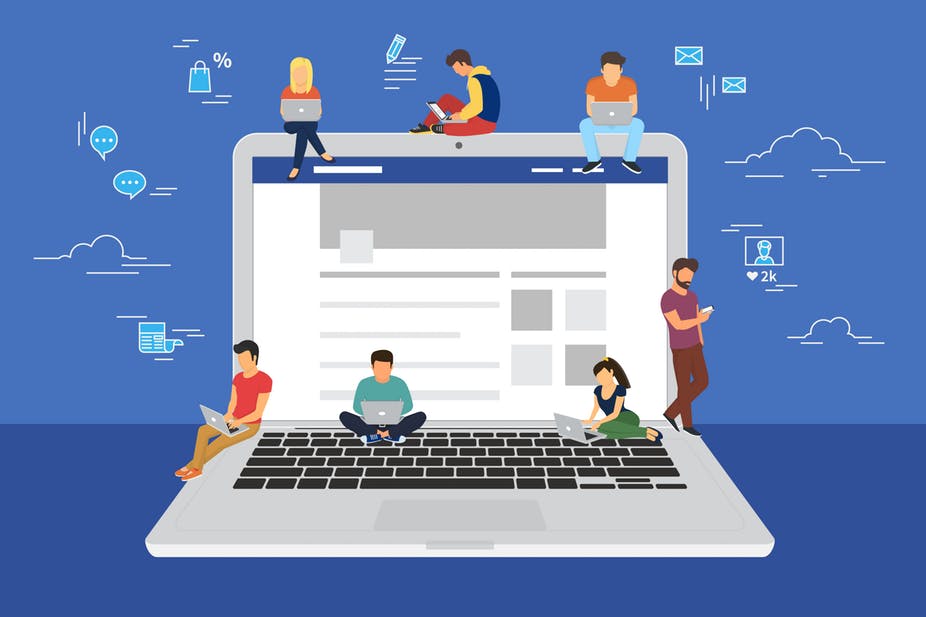
What is brain-based learning?
As defined by the Glossary of Education Reform, ”brain-based learning refers to teaching methods, lesson designs, and school programs that are based on the latest scientific research about how the brain learns, including such factors as cognitive development—how students learn differently as they age, grow, and mature socially, emotionally, and cognitively.”
A key part of brain-based learning is that educational strategies are based on findings from neuroscience research. You already know that each student is different in the way that he or she learns, so it’s important to use different brain-based learning strategies in your teaching practice to appeal to a wide variety of learners and their needs.
Easy tips for implementing brain-based learning into the classroom
The International Journal of Innovative Research & Studies lays out a great set of brain-based learning strategies to implement into the classroom to improve your students’ performance and increase their chances of success. Here are five strategies to get you started:
1. Set a positive tone from the beginning
Often, students must feel physically and emotionally safe in the classroom for real learning to take place. By creating a positive classroom environment where students feel supported and encouraged, you’ll open up the doors for your students to learn the best.
Welcoming your students in class each day can increase student engagement, and many educators have found that setting a positive tone at the beginning of the day with classroom greetings creates a sense of community. Learn about why welcoming your students to class every day is important in our blog post.
2. Establish “turn and talk” time
When students talk about concepts they’ve learned, they’re more likely to retain the information. Implementing “turn and talk” time into your lessons can help students process what they’ve just read, discuss ideas before sharing them with the class, and clarify problems they may have had while completing homework. This strategy can be implemented as a warm-up activity, during class discussions, or as a closing activity to round out the day. Check out the video below to see how one middle school science teacher uses “turn and talk” time to help his students discuss their ideas.
By letting your students discuss their ideas, you’re giving them a chance to describe what they’ve learned in their own words and helping them explain their thoughts to their classmates. The Teacher Toolkit has great resources on this practice to help you get started. Utilizing the raise hand feature in most video conferencing platforms to make this more organized if you’re teaching virtually.
3. Incorporate visual elements
Many people are visual learners who absorb and recall information best by seeing. You probably already have posters and visuals in your classroom or in your background if you are teaching remotely, but are they helping your learners? These eight strategies from TeachThought are designed to help you optimize the visuals in your classroom to appeal to your students.
In a virtual setting, providing additional context to lessons with visual elements, such as breaking up your slides with a GIF that calls students’ attention back during a lecture or finding a quick video of the science concepts you are discussing, are simple ways to hold student interest remotely. Changing out your Zoom background to align with the theme of your lesson or wearing a silly hat or decorative necktie are other fun ways to incorporate visual elements into your teaching.
4. Break learning into chunks
Chunking, or breaking down difficult or large pieces of text into smaller pieces, has been proven to help students identify key words and phrases, paraphrase, and understand the text in their own words. By breaking down a large piece of text into more manageable pieces, students are able to better understand and comprehend the material. The video below from Sprouts does a great job at explaining the concept of chunking.
Chunking can also be used to break down pieces of your instruction into smaller, manageable pieces. Work through lengthy instructions step by step with your students to help them understand each piece of what is being asked of them.
5. Get moving
Brain breaks are a great way to get your students up and moving, and they have been shown to increase brain activity. You’re probably already familiar with how fidgety your students can get when sitting at their desks for long periods, so incorporating some movement into the day can help. Luckily, brain breaks are easy to implement in any classroom setting, and they require almost no setup. Check out this fun song below for an example of what a brain break could look like in your classroom!
Incorporating brain-based learning into the in-person, online, or bended classroom is easier than you think (and you may already be using some of these strategies!). Finding new and innovative strategies to appeal to your students can help open them up to a world full of learning.
Explore more teaching best practices and engagement strategies by checking out our courses!
Comments (0)
Categories
Recent posts


Do you want to have a sea job? Just take ...
2022/05/25
WHAT ARE HUMANISTIC LEARNING STRATEGIES ...
2022/04/03
FREE TOOLS, FREE SUBSCRIPTIONS, AND FREE ...
2022/04/04
